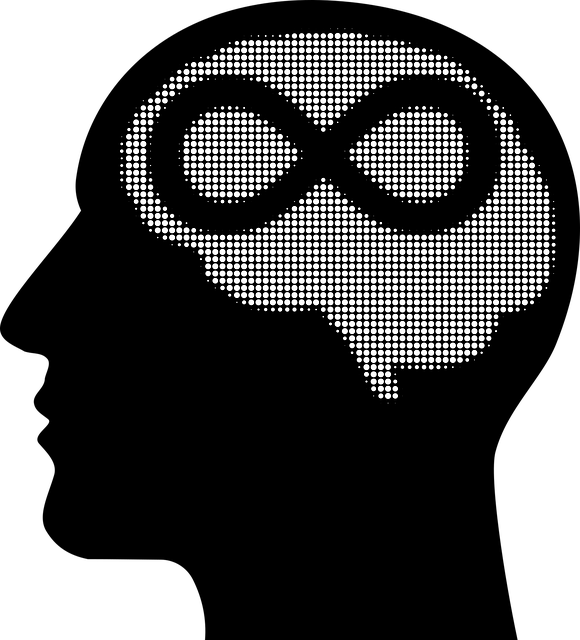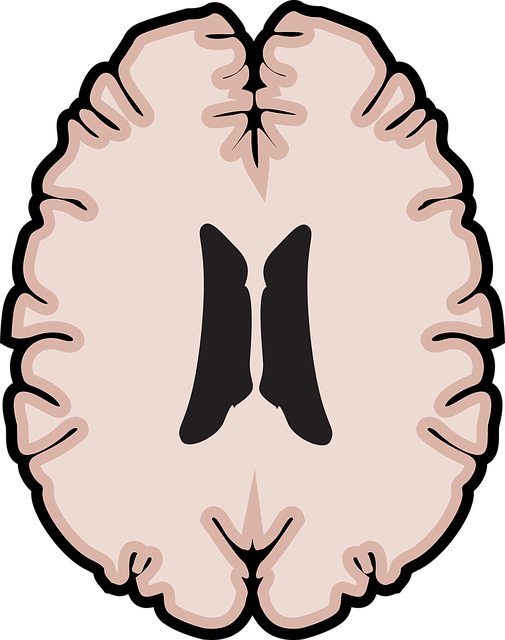Mental wellness programs combat burnout and enhance emotional well-being through counseling, group support, mindfulness, and stress management. Evaluations using pre/post surveys, qualitative feedback, standardized questionnaires (like BDI), semi-structured interviews, focus groups, structured clinical interviews, and tools like HDRS are vital for understanding program effectiveness. Public awareness campaigns promote early help-seeking and access to these assessment tools. Qualitative analysis through in-depth methods offers valuable insights beyond quantitative measures. Integrating feedback loops allows continuous improvement and ensures programs cater to individual needs and cultural contexts, addressing broader psychological well-being concerns for holistic recovery, particularly in therapy for depression.
Mental wellness programs have become increasingly vital, with therapy for depression being a prominent focus. Evaluating these programs is essential to ensure their effectiveness and make informed improvements. This article delves into various evaluation methods, from quantitative assessment techniques like surveys and data analysis to qualitative analyses focusing on user experiences.
We explore popular approaches used in depression therapy, highlighting the importance of integrating feedback loops for continuous improvement. By understanding these evaluation strategies, professionals can optimize mental wellness programs and enhance patient outcomes.
- Understanding Mental Wellness Programs and Their Evaluation
- Popular Evaluation Methods for Depression Therapy
- Quantitative Assessment Techniques in Mental Health
- Qualitative Analysis for Measuring Program Effectiveness
- Integrating Feedback Loops for Continuous Improvement
Understanding Mental Wellness Programs and Their Evaluation

Mental wellness programs are designed to foster emotional well-being and prevent burnout, especially in individuals struggling with conditions like therapy for depression or other mental health challenges. These programs often incorporate a range of strategies, from counseling sessions and group support to mindfulness practices and stress management techniques. Evaluation methods play a crucial role in understanding the effectiveness of these initiatives, providing insights into what works best for different populations.
Comprehensive assessment tools are essential for evaluating mental wellness programs. This includes pre- and post-program surveys measuring participants’ emotional states, symptom severity, and life satisfaction. Additionally, qualitative feedback from program attendees can offer valuable perspectives on their experiences, challenges faced, and suggestions for improvement. In the context of burnout prevention and emotional well-being promotion techniques, these evaluations help in tailoring programs to better meet individual needs, ensuring crisis intervention guidance is both timely and effective.
Popular Evaluation Methods for Depression Therapy

In evaluating therapy for depression, several popular methods have emerged as powerful tools to assess the effectiveness of interventions. One widely used approach is the administration of standardized questionnaires and surveys designed to measure symptoms of depression and overall mood. These instruments provide a structured way to gauge progress over time, allowing therapists and researchers to track changes in severity and identify areas of improvement or concern. For instance, the Beck Depression Inventory (BDI) is a well-regarded assessment tool that has been extensively validated for clinical practice and research settings.
Additionally, qualitative methods offer valuable insights into the therapeutic process. Semi-structured interviews and focus groups facilitate in-depth exploration of individuals’ experiences, perceptions, and coping strategies related to their depression. These techniques not only help in understanding the impact of therapy but also reveal potential barriers or facilitators to mental wellness. Integrating both quantitative and qualitative evaluation methods ensures a comprehensive understanding of therapy for depression, informing the design and improvement of effective Mental Health Awareness and Education Programs. Moreover, exploring Stress Reduction Methods within these evaluations can provide additional insights into holistic approaches to managing depressive symptoms.
Quantitative Assessment Techniques in Mental Health

Quantitative assessment techniques play a pivotal role in evaluating mental wellness programs, particularly when it comes to measuring the effectiveness of therapy for depression. These methods involve the use of standardized tools and surveys to gather numerical data, providing a clear and objective picture of an individual’s mental health status. One widely used approach is structured clinical interviews, which allow trained professionals to assess symptoms, severity, and diagnostic criteria, often utilizing validated scales like the Hamilton Depression Rating Scale (HDRS).
Moreover, public awareness campaigns development has greatly contributed to promoting mental wellness by increasing access to these assessment tools. By raising awareness about available resources and stress reduction methods, such campaigns encourage individuals to seek help early on. Additionally, quantifying outcomes through these techniques helps in identifying trends, evaluating the impact of interventions, and guiding the improvement of mental health services, including burnout prevention strategies for professionals.
Qualitative Analysis for Measuring Program Effectiveness

Qualitative Analysis plays a pivotal role in evaluating the effectiveness of mental wellness programs, particularly when assessing therapy for depression. This approach delves into the nuanced experiences and perceptions of participants, providing rich insights that quantitatively measured outcomes may miss. By employing techniques such as interviews, focus groups, and case studies, researchers can uncover the emotional well-being promotion techniques that resonate most with individuals struggling with mental health issues.
This qualitative lens also facilitates a deeper understanding of the program’s impact on users’ daily lives and overall mental wellness. It allows for the exploration of barriers and facilitators to engagement, helping to refine risk management planning for mental health professionals. Moreover, by analyzing participants’ narratives, researchers can inform the development of more tailored and effective mental wellness coaching programs, ensuring that interventions are aligned with individual needs and cultural contexts.
Integrating Feedback Loops for Continuous Improvement

Integrating feedback loops is a powerful strategy for enhancing mental wellness program evaluation and fostering continuous improvement. By collecting and analyzing participant feedback, service providers can gain valuable insights into the effectiveness and impact of their initiatives. This iterative process allows them to identify areas that require adjustments, refinements, or additional support. For instance, individuals enrolled in therapy for depression might provide feedback on their treatment experience, highlighting aspects that improved their mood management skills and those that could be better tailored to their unique needs.
This data-driven approach ensures that mental wellness programs remain responsive and adaptive, aligning with the evolving needs of participants. It also encourages a culture of transparency and engagement, as clients feel heard and valued. Additionally, incorporating feedback from Trauma Support Services or Confidence Boosting sessions can further refine program design, ensuring they address broader psychological well-being concerns and promote holistic recovery.
Mental wellness programs, especially those focusing on therapy for depression, require robust evaluation methods to ensure effectiveness and continuous improvement. By combining quantitative assessment techniques with qualitative analysis, we can gain a comprehensive understanding of program outcomes. Integrating feedback loops allows for real-time adjustments, enhancing the overall quality of care. This multi-faceted approach not only improves existing programs but also guides the development of more successful interventions in the future, ultimately benefitting individuals seeking support for their mental health.











